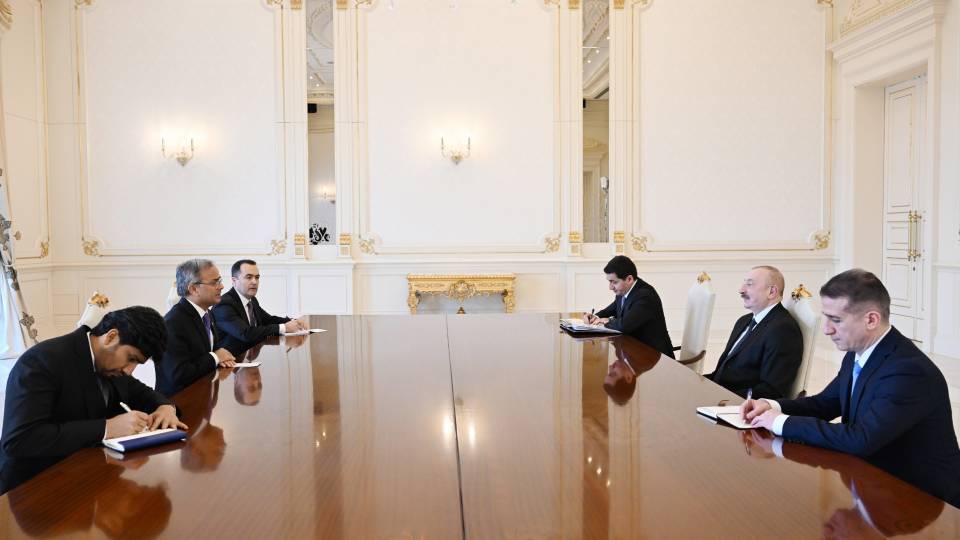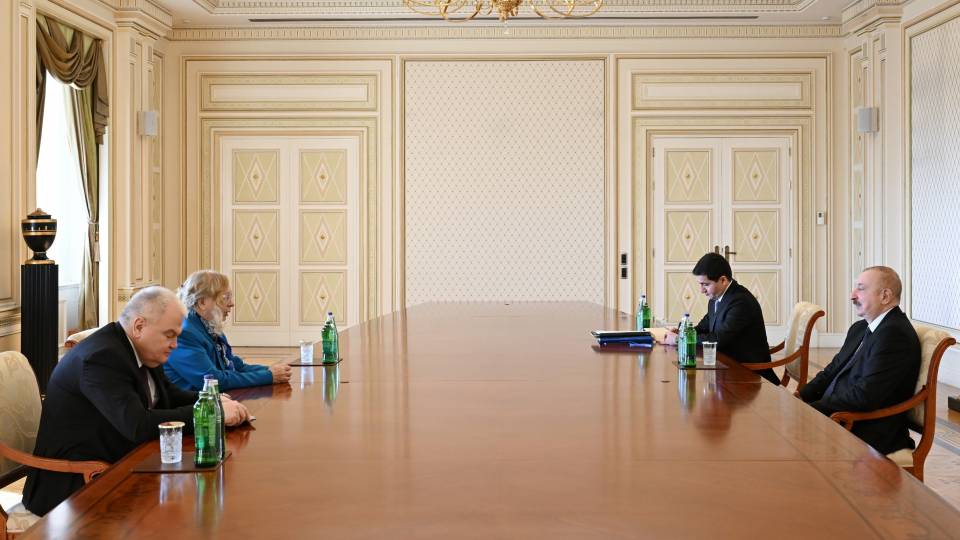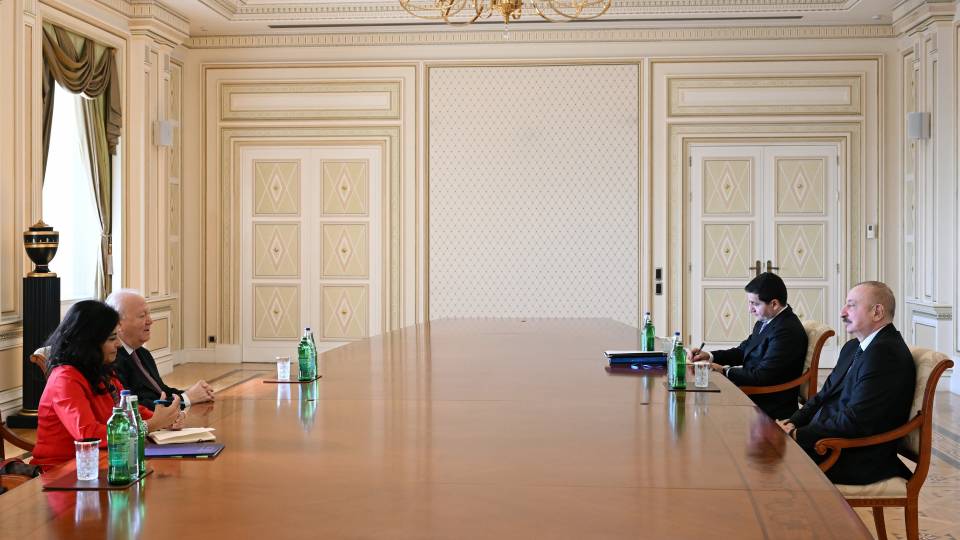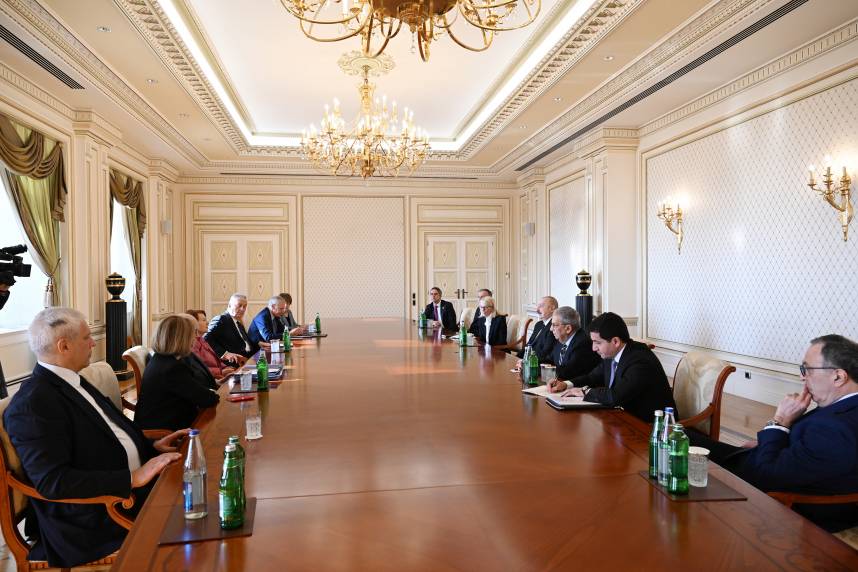16:52
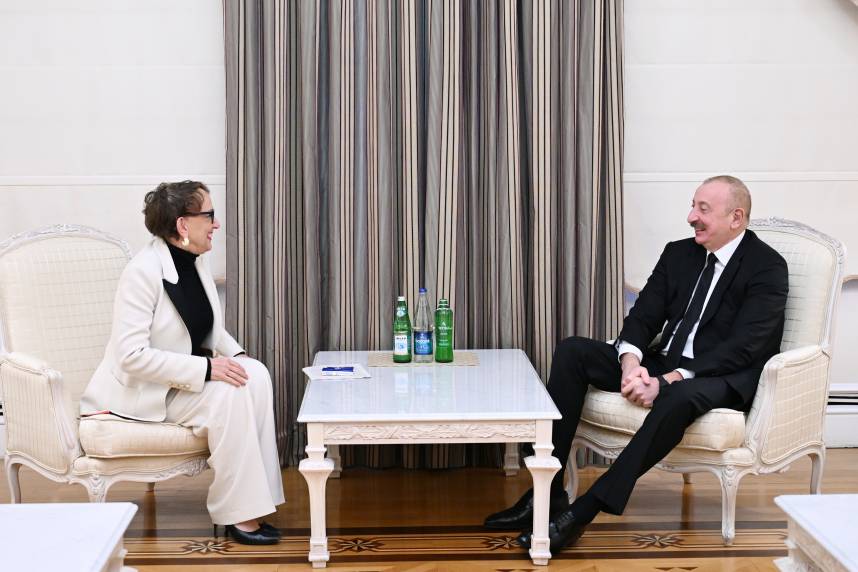
Today's Zaman
Thursday, July 14, 2011
YUSIF BABANLY
The last several years of ongoing negotiations regarding Nagorno-Karabakh have seen intense emotions brought to both sides of the conflict. Mediated by several countries within the Organization for Security and Cooperation in Europe's (OSCE) Minsk Group's framework and outside it, including the United States, Russia and Iran, the peace talks have yet to yield substantial results, not only in resolving the territorial conflict but in rebuilding trust between the two neighboring nations of Armenia and Azerbaijan.
A great deal of blame is laid upon the conflicting parties each and every time talks are held with the participation of the leaders of OSCE Minsk Group co-chair states. The recent Kazan meeting was no exception. As though it had been predetermined that the talks were bound to fail, officials, analysts and the media are always prepared to storm the mass media with terms like “cease-fire violations,” “unconstructive stance” and “disruption of the peace talks.” The abundance of such language in the media in the days following a round of talks causes inescapable moral nausea.
More normal would be to hear both sides of a conflict accuse each other of unconstructive positions during peace talks, with mediators stopping short of blaming either side. However, the magnitude of the growing accusatory rhetoric from both the Armenian and Azerbaijani sides makes us wonder which side is more likely to sabotage and disrupt the peace process. A short list of disruptions to the peace process in this particular conflict begins very early, before the Soviet Union officially ceased to exist, and has a lot to offer for analysis.
In late 1991, three-and-a-half years after the Armenian Soviet Socialist Republic (SSR) unilaterally announced its unconstitutional annexation of the Nagorno-Karabakh Autonomous Oblast (NKAO), a part of the Azerbaijan SSR, the leadership of the sovereign Russian Federation led by Boris Yeltsin and Nursultan Nazarbayev of Kazakhstan spearheaded a peacemaking mission to resolve the escalating bloody conflict in Nagorno-Karabakh. The agreement was finally reached after a four-day visit of the Russian-led peacemaking team to Baku, Ganja, Khankendi (Stepanakert) and Yerevan, and under it the Armenian government led by Levon Ter-Petrossian formally renounced all of its territorial claims in Azerbaijan. These accords, signed on Sept. 23, 1991 and later to be known as the Zheleznovodsk Accords, committed both sides to peaceful resolution of the conflict, disarming the conflicting parties, and allowing for the return of refugees and internally displaced persons (IDPs) and the restoration of law and order while the peacemakers continued to seek ways of resolution.
Everything seemed to work out fine until one cold November night. On the evening of Nov. 20, 1991, a Soviet helicopter carrying a peacemaking team of 22 high-ranking officials from Kazakhstan, Russia and Azerbaijan, along with journalists and crew members, and excluding any Armenian officials, was shot down by Armenian militants over the Azerbaijani village of Qarakend in the Khojavend district. All on board died. After the public burial of the victims in Baku on Nov. 22, Azerbaijan would cease all negotiations with Armenia and abolish the autonomous status of NKAO on Nov. 27, establishing its own direct rule over Karabakh.
The disruption of the Zheleznovodsk Accords led to an escalation of the conflict. In early December, Kerkijahan, a suburb of Khankendi, saw extreme violence against the Azerbaijani civilian population. The shooting down of civilian helicopters transporting Azerbaijani civilians to and from Shusha would follow in January 1992.
Renewed efforts to mediate peace talks between Azerbaijan and Armenia were initiated by Iran in early February 1992 in what came to be known as “shuttle diplomacy” in the Caucasus. Foreign Minister Ali Akbar Velayeti visited Baku, Yerevan and Khankendi, trying to strike a peace deal between the warring parties amid the eruption of military activity and alleged ethnic cleansing of Azerbaijani civilians in the villages of Qaradaghli, Malibeyli and Qushchular in Karabakh. However, the peace talks were to stop with the escalation of war crimes, when 613 Azerbaijani civilians were massacred by Armenian forces in the town of Khojaly and its outskirts, just a short drive north of Khankendi. Under pressure from the opposition and the public, Azerbaijani President Ayaz Mutalibov was forced to resign, halting all mediated negotiations with Armenia.
The peace mediation efforts were renewed with Velayeti revisiting both countries in March, and eventually arranging a trilateral meeting in Tehran on May 7, 1992. At that meeting interim Azerbaijani President and Parliament Speaker Yagub Memmedov, Armenian President Ter-Petrossian and Iranian President Akbar Hashemi Rafsanjani signed the Joint Statement of Heads of State, otherwise known as the Tehran Communiqué, which sealed the commitment of both parties to peace, inviolability of borders and finding a solution to the refugee crisis. However, as the meeting was taking place, Armenia was making different plans, preparing for a major assault on Shusha, the only remaining Azerbaijani-populated town in Nagorno-Karabakh. On May 8, pending a peace deal, undefended Shusha was attacked by and fell to Armenian forces.
Although the Iranian envoy, Mahmood Vaezi, travelled to Baku to urge a return to negotiations in mid May, Armenia proved its inability to sustain peace with its occupation of Lachin on May 18, 1992. Betrayed by this disruption of the peace process, Iran discontinued its mediation efforts with a harshly critical message condemning Armenia's action in changing its border by force. All peace talks were suspended.
Given this reputation for disruption and sabotage of the peace process, some experts tend to place the Armenian parliament shooting of October 1999, which followed compromises from both sides earlier that year in an US-sponsored peace talks in Key West, in the category of activities targeted to undermine the peace process.
Although military activities have largely ceased except for the occasional exchange of sniper fire, and all terrorist activity is at an end, the fact that the Armenian leadership has not worked credibly to build consensus and trust between the parties shows its lack of will to commit to peace. Hence the continuous disruptions of the peace process in various shapes and forms which interfere with regional development at large. All mediation efforts by Russia, Iran and the US have so far been in vain. Armenia, which was ranked by Forbes magazine after Madagascar as the second worst economy in the world just this month, should seriously reconsider its position within the peace process for the sake of its own economy and its so far unpromising future among developing countries.
*Yusif Babanly is the co-founder and secretary of the US Azeris Network (USAN) and a member of the board of directors of Azerbaijani American Council.
Link to article

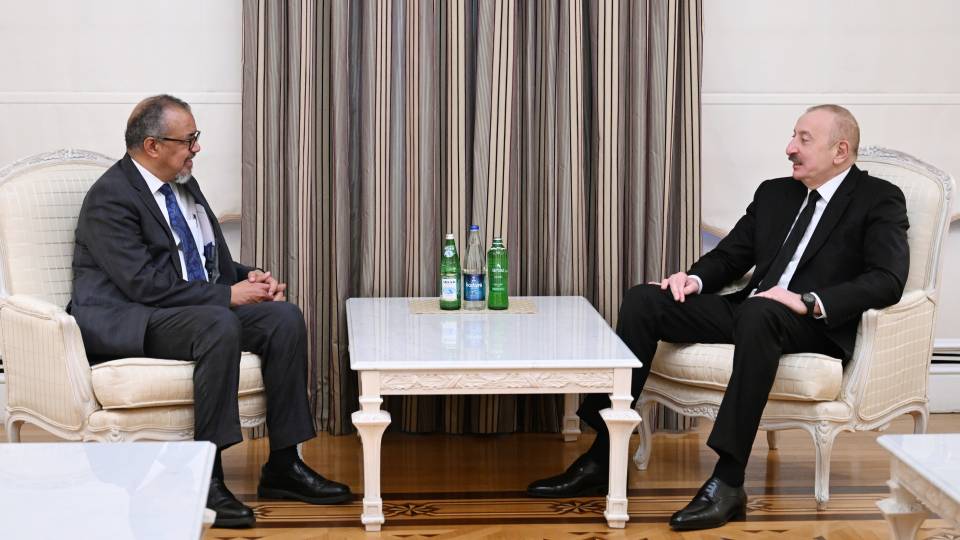
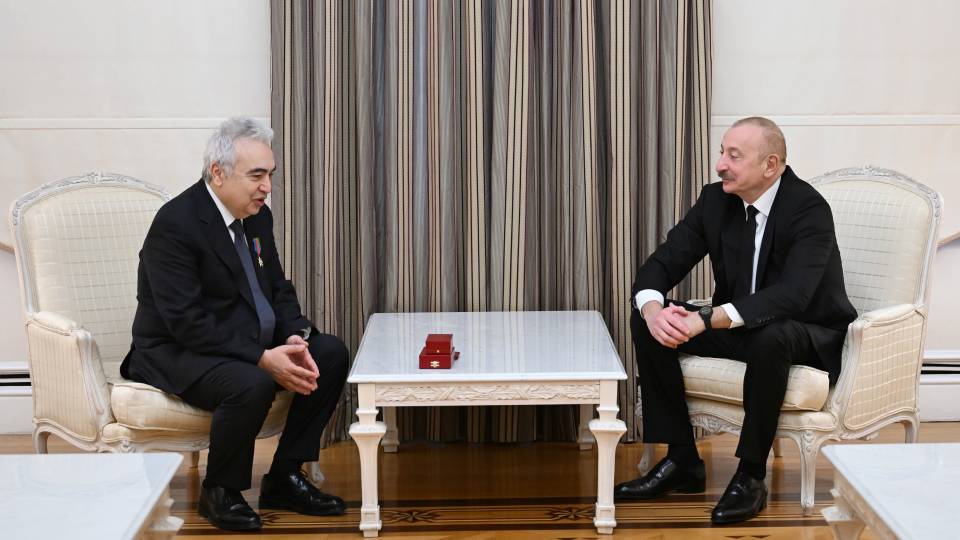
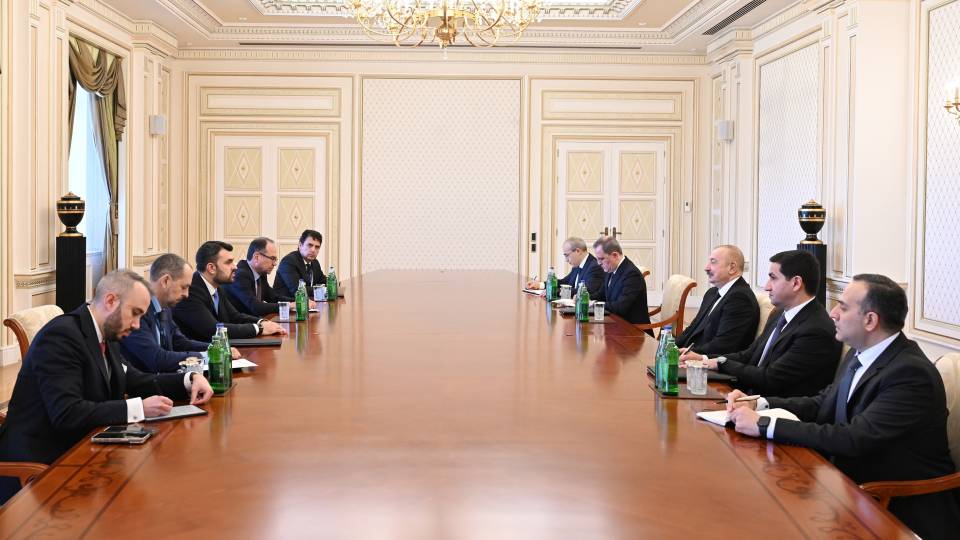
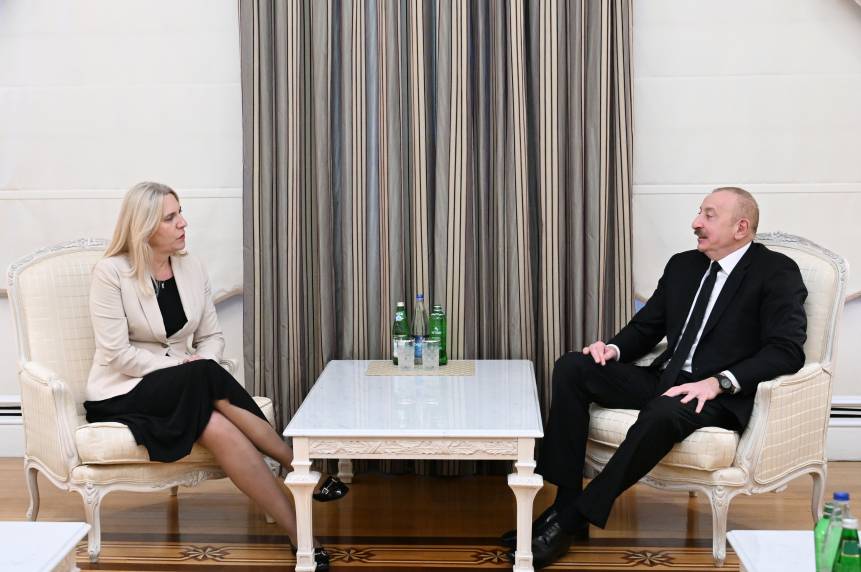
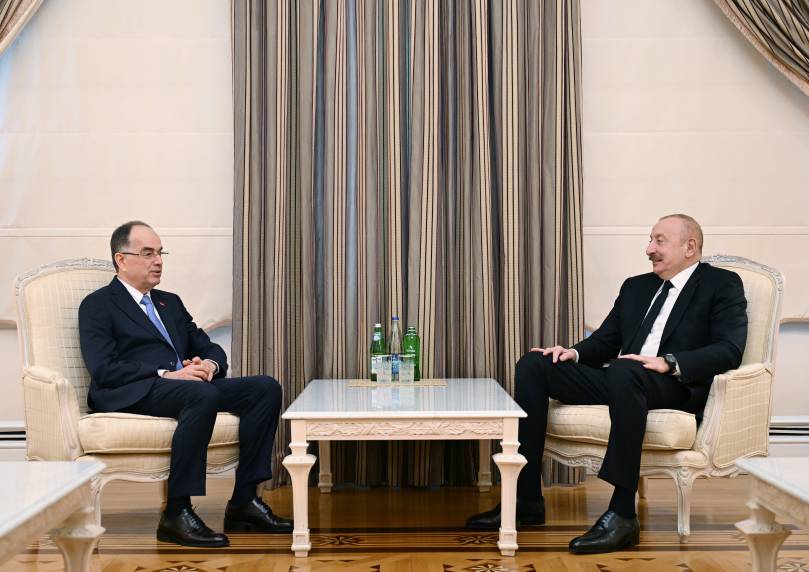
Your Holiness,
On my behalf and on behalf of the people of Azerbaijan, I convey to you and, through you, to all your co-religionists, my most sincere congratulations on the occasion of your Election Anniversary.
The current level of relations between Azerbaijan and...
13 March 2025, 11:30